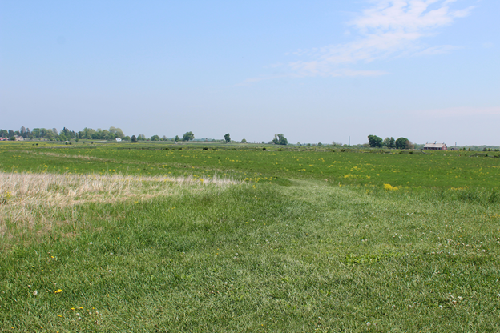Who used Pickett's Charge and why wasn't it successful.?
1 Answer
Please see below:
Explanation:
Pickett's Charge was the culmination of the final day of Gettysburg. It was the Confederate's last effort to beat the Union forces after three long days of fighting.
Pickett's Charge was designed by General Robert E. Lee. He planned it to be a charge that would secure the Confederate victory by attacking the Union center and diving their troops in half.
He gave the command of the charge to General James Longstreet, one of the his top generals. Longstreet believed the charge was a bad decision, but he still commanded the 15,000 Confederate troops.
The battle is named after Major General George Pickett who was under Longstreet. His three brigades fearlessly charged across three-quarters of a mile of farmland to the Union side atop Cemetery Ridge. Five other brigades also were in the charge.
It was a doomed battle, as the Union had the high ground, and the advantage of firing canon and shot on the oncoming Confederates. The Rebels had to retreat back across the field that they had just crossed. 6,000 of their soldiers fell on that field.
Here is a picture of the view from the Confederate line. You can see a small grove of trees and a barn - that was where the Union line was located.

Here is the view from the Union line; the line of trees was the Confederate position. You can see clearly here how long of a distance the Confederates had to cross. Also notice the number of fences and stone walls crossing the landscape. These were horrendous barriers for the Confederates as they tried to quickly cross the field. Many men fell at these walls.

